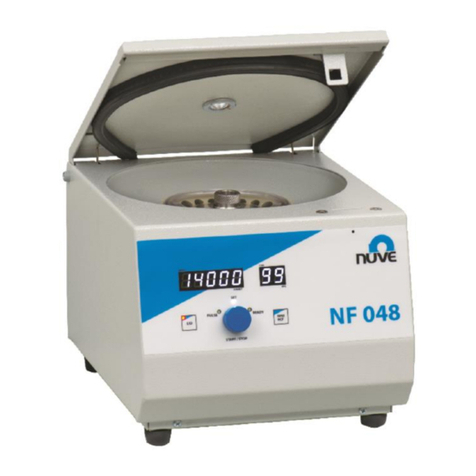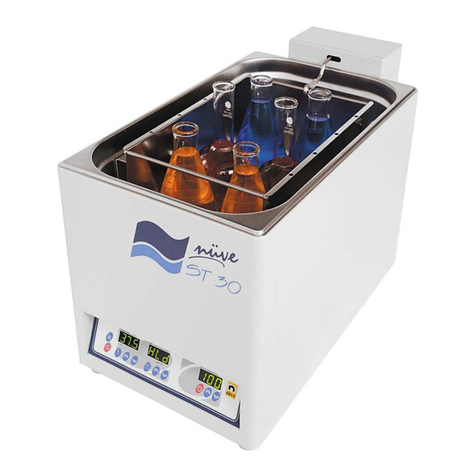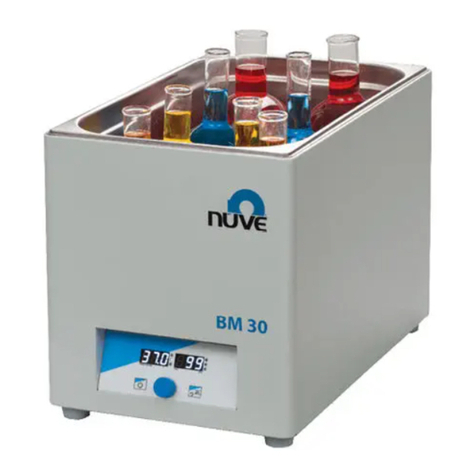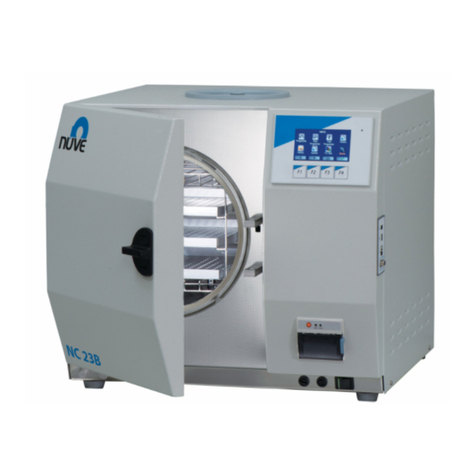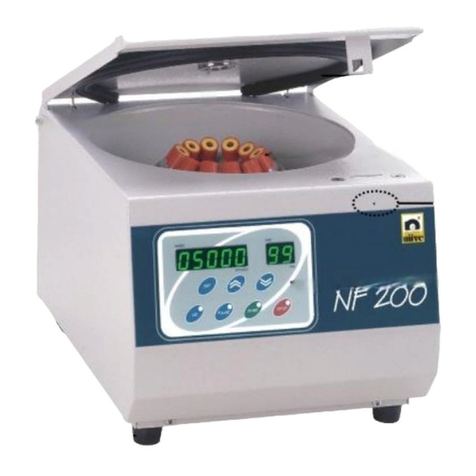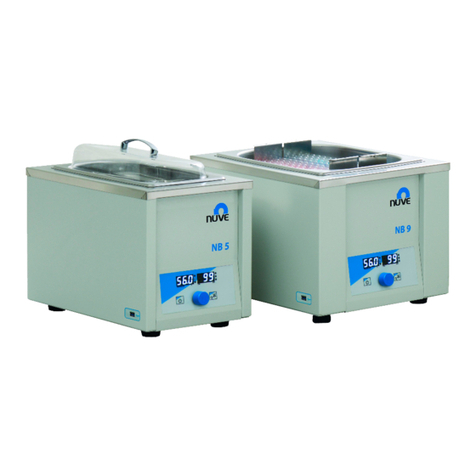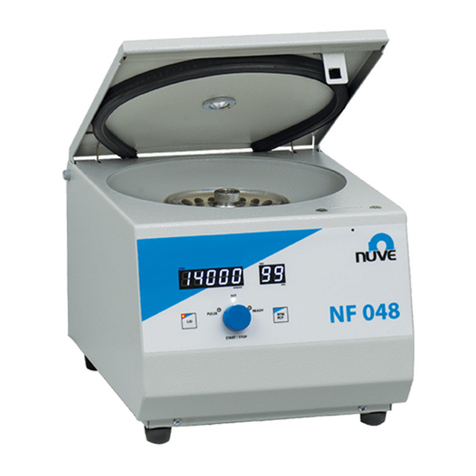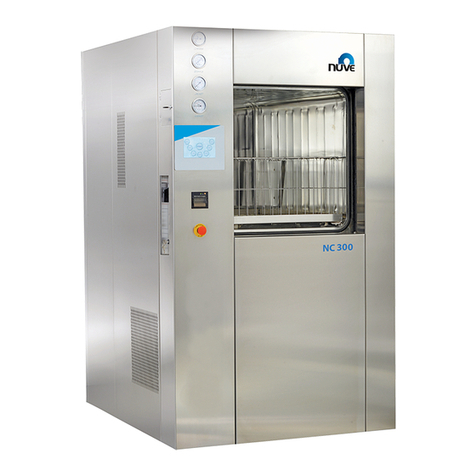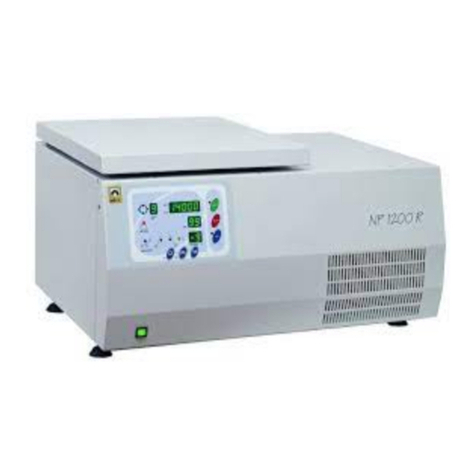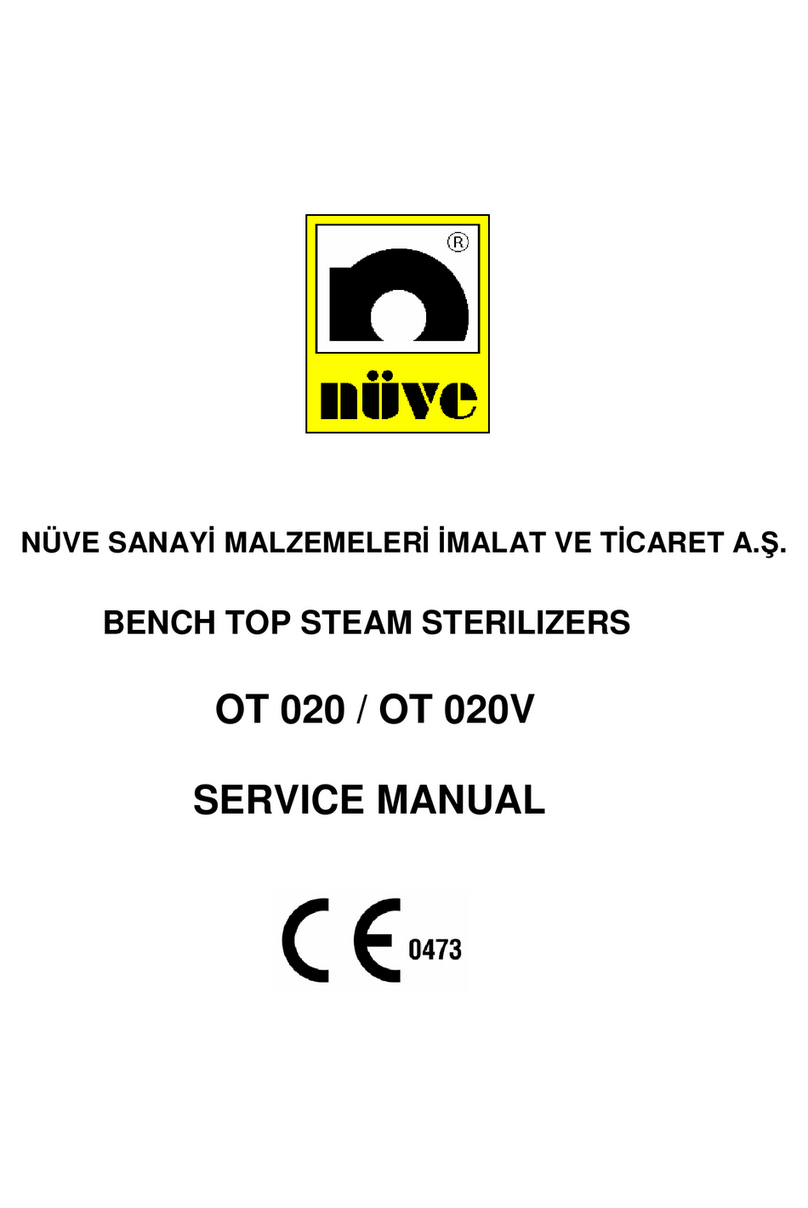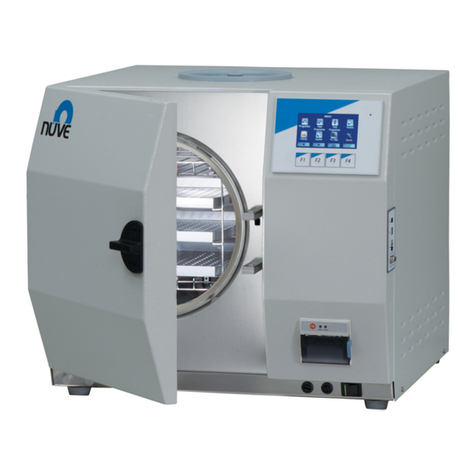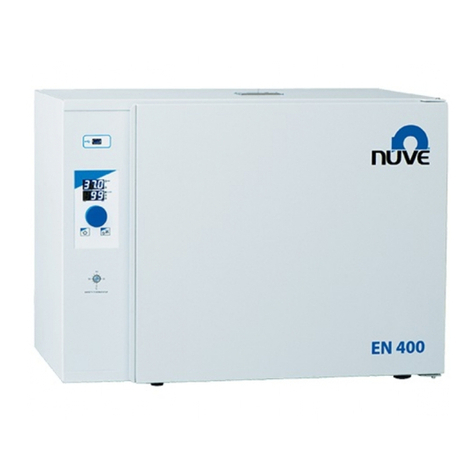TABLE OF CONTENTS
SECTION 1 –INTRODUCTION.............................................................................................................. 4
1.1. USE AND FUNCTION............................................................................................................. 4
SECTION 2 –TECHNICAL SPECIFICATIONS...................................................................................... 5
2.1. TECHNICAL SPECIFICATIONS TABLE................................................................................. 5
2.2. ACCESSORIES FOR NF200.................................................................................................. 5
2.3. GENERAL PRESENTATION .................................................................................................. 6
2.4. RECAUTIONS AND USAGE LIMITATIONS........................................................................... 6
SECTION 3 –SYMBOLS........................................................................................................................ 7
SECTION 4 –INSTALLATION................................................................................................................ 7
4.1. LIFTING AND TRANSPORT................................................................................................... 7
4.2. UNPACKING ........................................................................................................................... 7
4.3. POSITIONING......................................................................................................................... 7
4.4. MAIN SUPPLY......................................................................................................................... 8
SECTION 5 –OPERATING UNIT........................................................................................................... 8
5.1. OPERATING............................................................................................................................ 8
5.2. DISPLAY AND CONTROL PANEL ......................................................................................... 8
5.3. MAKING PROGRAM............................................................................................................... 9
5.3.1 PULSE MODE................................................................................................................... 10
5.4 SAFETY INTERLOCK SYSTEM........................................................................................... 11
5.5 MANUAL LID OPENING ....................................................................................................... 11
SECTION 6 –OPERATING PRINCIPLES............................................................................................ 12
6.1 PREPARATION OF THE ROTOR TO RUN.......................................................................... 12
6.2 LOADING............................................................................................................................... 12
6.3 DRIVE SYSTEM.................................................................................................................... 13
SECTION 7 –CLEANING AND PERIODIC MAINTENANCE............................................................... 13
7.1 PERIODIC MAINTENANCE.................................................................................................. 13
7.2 STERILIZATION.................................................................................................................... 13
7.3 CORROSION INFORMATION .............................................................................................. 13
7.4 CLEANING ............................................................................................................................ 14
7.5 ELECTRICITY ....................................................................................................................... 14
SECTION 8 –DISPOSAL MANAGEMENT CONCEPT........................................................................ 14
BÖLÜM 9 –TROUBLESHOOTING ...................................................................................................... 15
SECTION 10 –ELECTRICAL CIRCUIT DIAGRAMS ........................................................................... 16
SECTION 11 –WARNING LABEL........................................................................................................ 17






